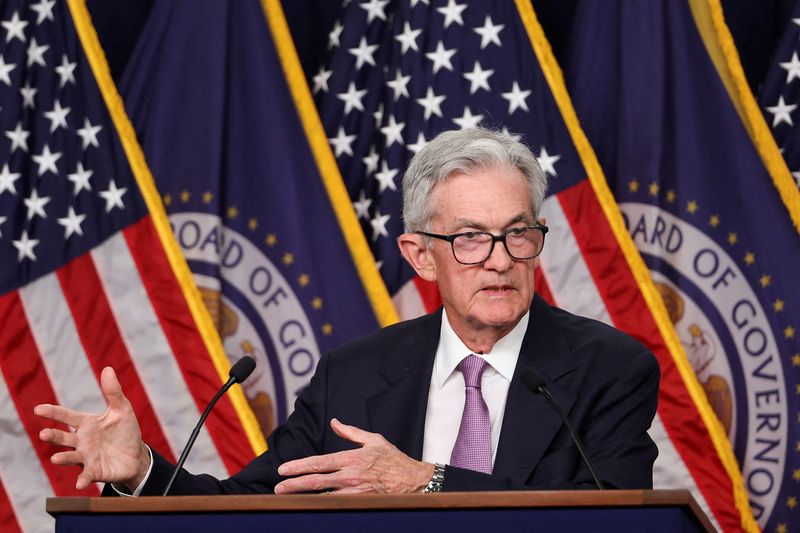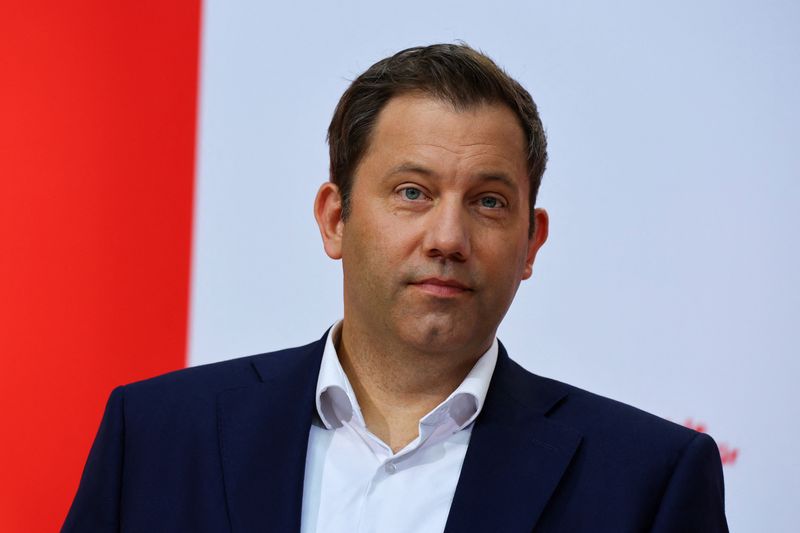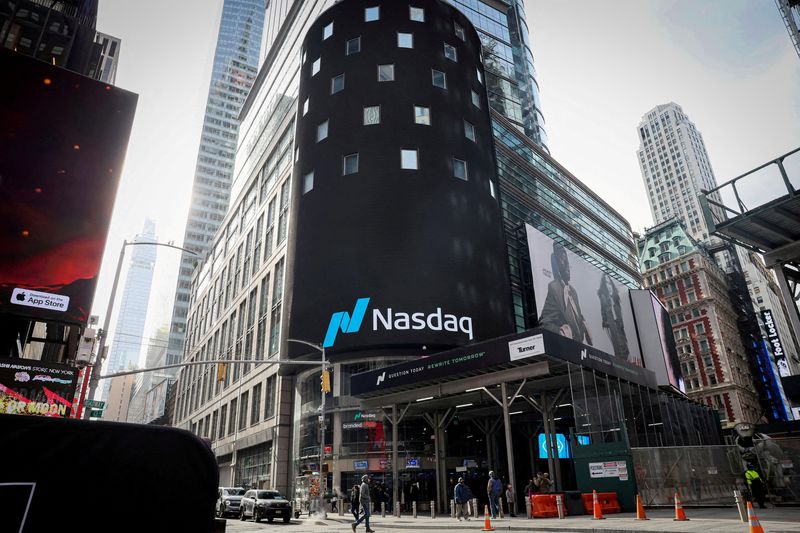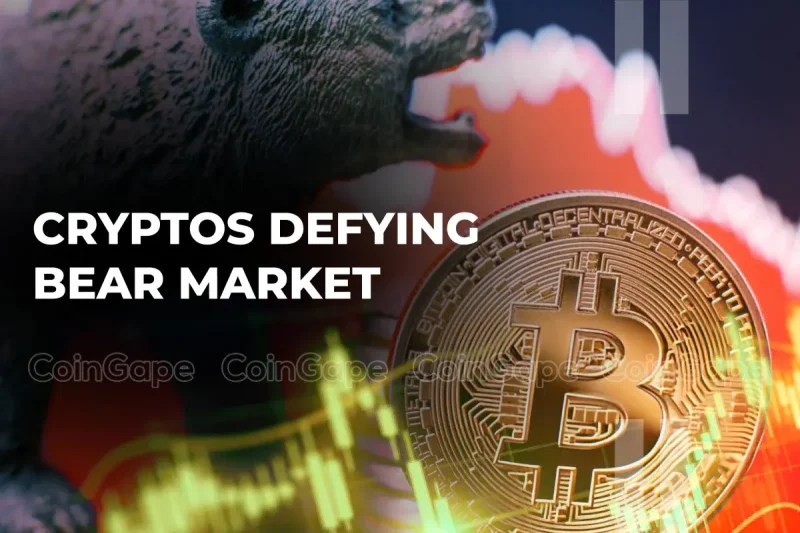Powell says no need for Fed to rush rate cuts given strong economy

By Ann Saphir and Howard Schneider
DALLAS (Reuters) -Ongoing economic growth, a solid job market, and inflation that remains above the 2% target mean the U.S. central bank does not need to rush to lower interest rates and can deliberate carefully, Federal Reserve Chair Jerome Powell said on Thursday.
In remarks that align with a developing expectation in financial markets for fewer rate cuts next year than previously forecast by Fed officials, Powell affirmed that he and his fellow policymakers still consider inflation to be “on a sustainable path to 2%” that will allow the U.S. central bank to move monetary policy “over time to a more neutral setting.”
But the pace of rate cuts “is not preset,” Powell said at a Dallas Fed event, adding that “the economy is not sending any signals that we need to be in a hurry to lower rates. The strength we are currently seeing in the economy gives us the ability to approach our decisions carefully.”
Fed officials and investors are taking stock of how continued U.S. economic strength and the uncertainty around the economic agenda of President-elect Donald Trump’s administration, particularly regarding tax cuts, tariffs and an immigration crackdown, may affect economic growth and inflation.
After Powell’s prepared remarks yields on shorter-term Treasury bonds rose, and traders pared bets that the Fed would follow through as initially expected with a further quarter-point rate cut at its December meeting.
During a question-and-answer session, Powell said that while Fed staff may begin puzzling through the possible impact of tariffs and other campaign proposals from Trump, it will take time to understand, and won’t become clear until new laws or administrative edicts are put in place.
“The answer is not obvious until we see the actual policies,” Powell said. “I don’t want to speculate…We are still months away from a new administration.”
Still, he noted that economic conditions are different now than when Trump began his first term eight years ago, when there was lower inflation, lower growth and lower productivity.
A recent surge in immigration, for example, “made for a bigger economy” at a time of post-pandemic labor shortage, Powell said. While he would not comment on Trump’s intention to deport unauthorized immigrants, he added that “if there are fewer workers there will be less work done.”
More broadly, following an election last week that may have turned on voter perceptions of the nation’s economic ills, Powell said the current situation was actually “remarkably good.”
The economy’s strengths include a still-low 4.1% unemployment rate, growth at what Powell called a “stout” 2.5% annual pace that remains above Fed estimates of its underlying potential, consumer spending driven by rising disposable income, and growing business investment.
Yet key measures of inflation remain above target.
The personal consumption expenditures price index for October has not been released yet, but Powell said recent data that feeds into it indicates the PCE excluding food and energy costs rose at a 2.8% rate last month – which would mark a fourth consecutive month in which progress on inflation by that measure has stalled.
The Fed uses the headline PCE reading to set its 2% inflation target – Powell said that figure likely was around 2.3% in October – while the “core” measure is considered a guide to the direction of underlying inflation.
Traders expect the Fed to cut interest rates by another quarter of a percentage point at its Dec. 17-18 meeting, but the combination of Trump’s election victory and sticky inflation readings has them anticipating fewer cuts next year.
Powell said the central bank still has faith in a continued disinflation process, but is also on guard as it monitors things like housing costs.
Major aspects of inflation “have returned to rates closer to those consistent with our goals … We are watching carefully to be sure that they do … Inflation is running much closer to our 2% longer-run goal, but it is not there yet,” he said.







